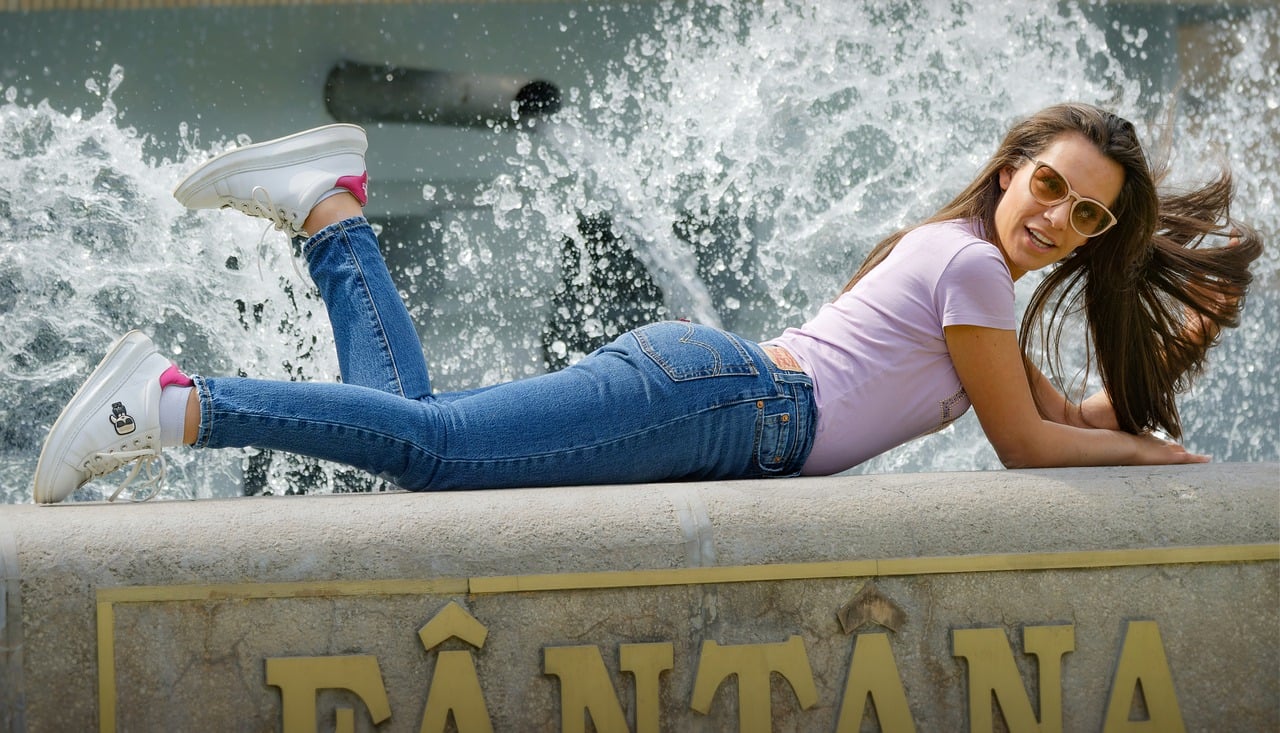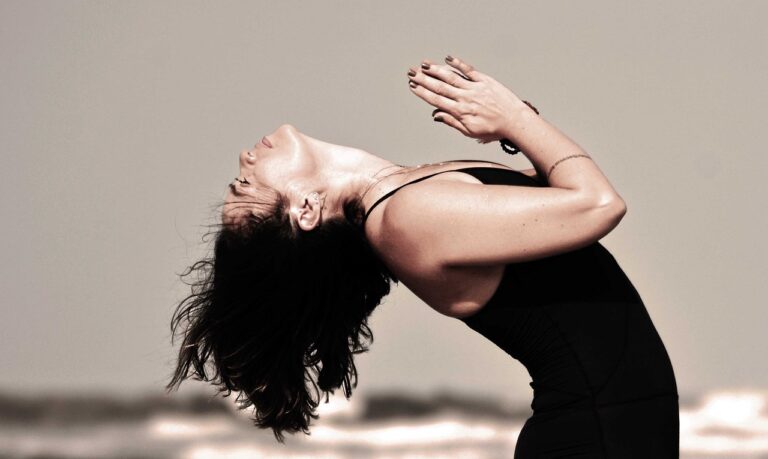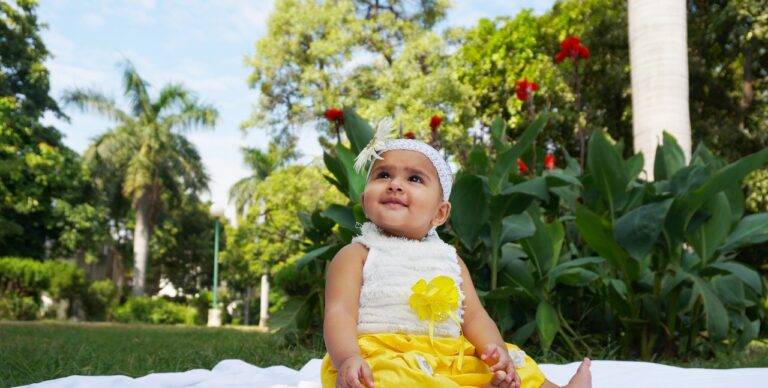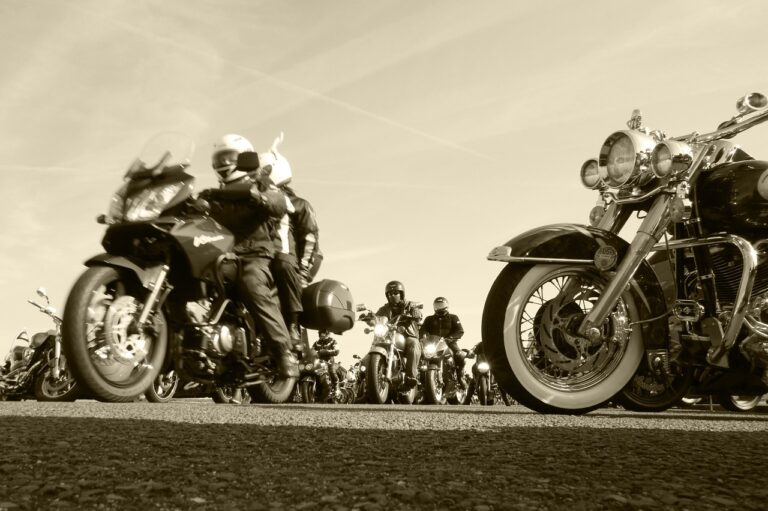The Influence of Social Media on Beauty Standards and Body Image
Social media platforms play a significant role in shaping perceptions of beauty in today’s society. The constant exposure to carefully curated images and videos shared by influencers and celebrities can create unrealistic standards of beauty that can impact one’s self-esteem and sense of worth. The pressure to look a certain way can lead to feelings of inadequacy and a desire to conform to unrealistic beauty ideals.
Moreover, the widespread use of filters and editing tools on social media platforms can further distort perceptions of beauty by presenting an idealized version of oneself that may not be attainable in reality. This can create a sense of discontentment with one’s natural appearance and fuel a constant need for validation and approval from others based on unrealistic standards of beauty portrayed on social media.
The Role of Influencers and Celebrities in Shaping Beauty Ideals
In today’s digital age, influencers and celebrities play a significant role in shaping beauty ideals. With their massive followings on social media platforms, they have the power to influence millions of individuals with their beauty standards and trends. Through curated posts and sponsored content, influencers and celebrities project an image of perfection that many aspire to emulate.
These influencers and celebrities often set unrealistic beauty standards, leading to a rise in body dissatisfaction and low self-esteem among their followers. The constant exposure to flawless images and filters can create a distorted perception of beauty, promoting unattainable ideals. As a result, many individuals feel pressured to conform to these standards, fueling a cycle of comparison and inadequacy.
• The curated posts and sponsored content by influencers and celebrities project an image of perfection
• Unrealistic beauty standards set by these individuals can lead to body dissatisfaction
• Constant exposure to flawless images and filters can create a distorted perception of beauty
• Pressure to conform to unattainable ideals can fuel a cycle of comparison and inadequacy
Comparing Traditional Media vs. Social Media in Portraying Body Image
Traditional media has long been criticized for perpetuating unrealistic beauty standards through airbrushed images and slim models. Magazines, television shows, and movies have historically promoted a narrow definition of beauty that has left many feeling inadequate and pressured to conform. These platforms often showcase flawless individuals, setting unattainable expectations for the general population.
On the other hand, social media has democratized beauty standards by providing a platform for individuals of all shapes, sizes, and backgrounds to showcase their unique beauty. Influencers and ordinary users alike are challenging traditional notions of beauty by sharing unfiltered images and embracing their imperfections. Social media allows for a more diverse representation of beauty, fostering inclusivity and empowering individuals to celebrate their individuality.
How do social media platforms impact people’s perceptions of beauty?
Social media platforms often perpetuate unrealistic beauty standards through filters and editing, leading to negative body image issues among users.
What role do influencers and celebrities play in shaping beauty ideals on social media?
Influencers and celebrities often promote certain beauty standards through their content, influencing followers to aspire to unrealistic body image goals.
How does traditional media differ from social media in portraying body image?
Traditional media, such as magazines and TV, have traditionally promoted narrow beauty ideals, while social media allows for a more diverse representation of body types and beauty standards.
Can exposure to social media lead to body image issues?
Yes, constant exposure to idealized images on social media can contribute to body dissatisfaction, low self-esteem, and eating disorders among individuals.







